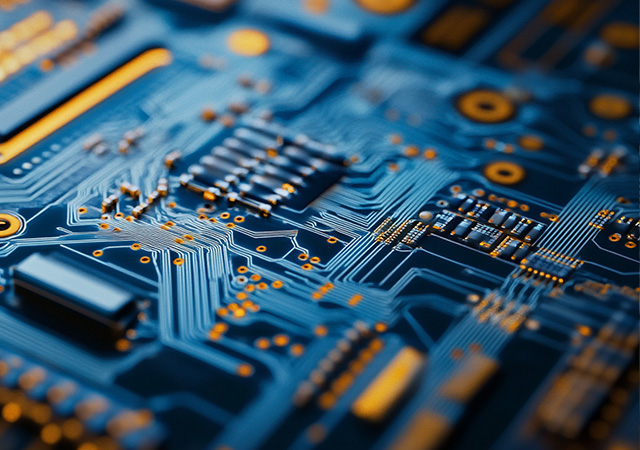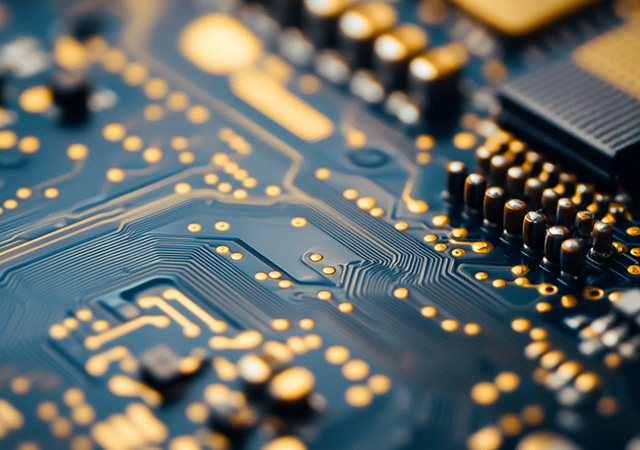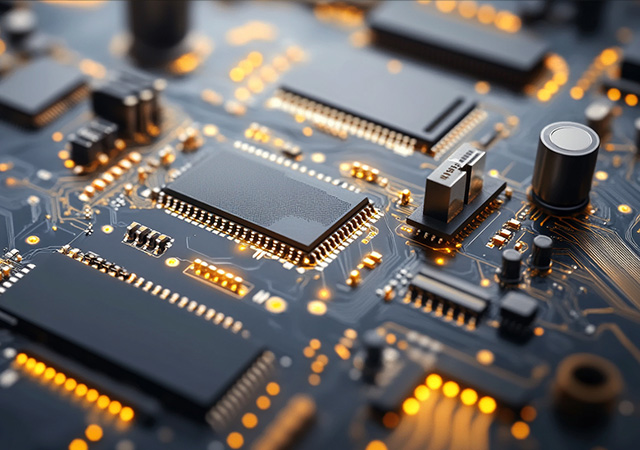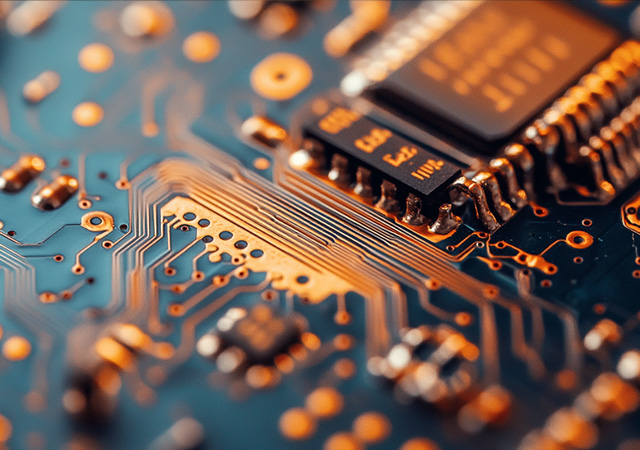-
- PCB TYPE
- PRINTED CIRCUIT BOARD PROTOTYPE ALUMINUM PRINTED CIRCUIT BOARD R&F PCB FPC HIGH FREQUENCY PCB HIGH-TG PCB HEAVY COPPER PCB HDI PCB PCB FOR LIGHTING METAL CORE PCB

A CEM-3 PCB Manufacturer plays a pivotal role in the electronics supply chain, specializing in the production of printed circuit boards using Composite Epoxy Material-3 (CEM-3). Unlike manufacturers focused solely on high-volume or niche materials, CEM-3 PCB manufacturers excel in balancing versatility, quality, and cost-effectiveness, catering to a broad spectrum of industries from consumer electronics to industrial automation. CEM-3, with its hybrid structure of non-woven glass fiber core and woven glass fabric layers bonded by epoxy resin, offers a unique set of properties that make it ideal for applications requiring moderate mechanical strength, stable electrical performance, and flame resistance—without the premium price tag of high-performance alternatives like FR4. This article delves into the expertise, production processes, quality standards, and client-centric approaches that define a reputable CEM-3 PCB manufacturer, highlighting their role in enabling innovation across div

In the fast-paced world of electronics manufacturing, High Volume CEM3 PCB Manufacturing Service stands as a cornerstone for meeting the demands of mass-produced devices. CEM3 (Composite Epoxy Material-3) PCBs, with their balanced blend of performance, affordability, and reliability, are ideal for high-volume applications—from household appliances to consumer electronics—where consistency and cost-efficiency are paramount. High volume manufacturing services specialize in producing tens of thousands to millions of CEM3 PCBs, leveraging advanced automation, streamlined processes, and rigorous quality control to deliver uniform results at scale. This article explores the intricacies of high volume CEM3 PCB manufacturing, including production strategies, quality assurance measures, technological innovations, and the industries that rely on these services, highlighting how they bridge scalability and precision in modern electronics.

In the global electronics supply chain, ISO 9001 CEM-3 PCB Manufacturer China has emerged as a critical player, combining rigorous quality management with cost-effective production to meet the demands of industries worldwide. CEM-3 (Composite Epoxy Material-3) PCBs, valued for their balanced performance and affordability, require precise manufacturing processes to ensure reliability, and ISO 9001 certification—an international standard for quality management systems—serves as a benchmark for excellence in this field. Chinese manufacturers, leveraging their expertise in mass production, advanced facilities, and adherence to global standards, have become go-to partners for companies seeking high-quality CEM-3 PCBs at competitive prices. This article examines the role of ISO 9001-certified CEM-3 PCB manufacturers in China, their quality management practices, advantages for global clients, and impact on industries ranging from consumer electronics to automotive, highlighting how they bridg

In an era where environmental regulations and corporate sustainability goals drive material innovation, Halogen-Free CEM3 PCB Material Suppliers play a pivotal role in bridging performance demands with eco-conscious manufacturing. Halogen-free CEM3 (Composite Epoxy Material-3) PCB materials eliminate bromine, chlorine, and other halogens—substances historically used as flame retardants but linked to toxic emissions during combustion. As global markets tighten restrictions on hazardous substances (e.g., EU RoHS, China RoHS 2.0), suppliers of these materials have become critical partners for electronics manufacturers seeking compliance without sacrificing functionality. This article examines the role of halogen-free CEM3 PCB material suppliers, their product offerings, quality standards, and the value they bring to industries ranging from consumer electronics to automotive, highlighting how they enable sustainable innovation in printed circuit board production.

In the realm of printed circuit board (PCB) materials, the CEM3 PCB Material with a glass transition temperature (Tg) of 130°C holds a significant position. Tg is a critical parameter that determines the temperature at which a material transitions from a rigid, glassy state to a more rubbery, flexible state. For PCB materials, a well - defined Tg is essential as it impacts the material's performance under various operating conditions. CEM3, a composite epoxy material, has gained popularity due to its balanced properties, and a Tg of 130°C further refines its application scope. This article delves into the detailed characteristics, applications, and considerations related to CEM3 PCB Material with Tg130.

Got project ready to assembly? Contact us: info@apollopcb.com



We're not around but we still want to hear from you! Leave us a note:

Leave Message to APOLLOPCB
